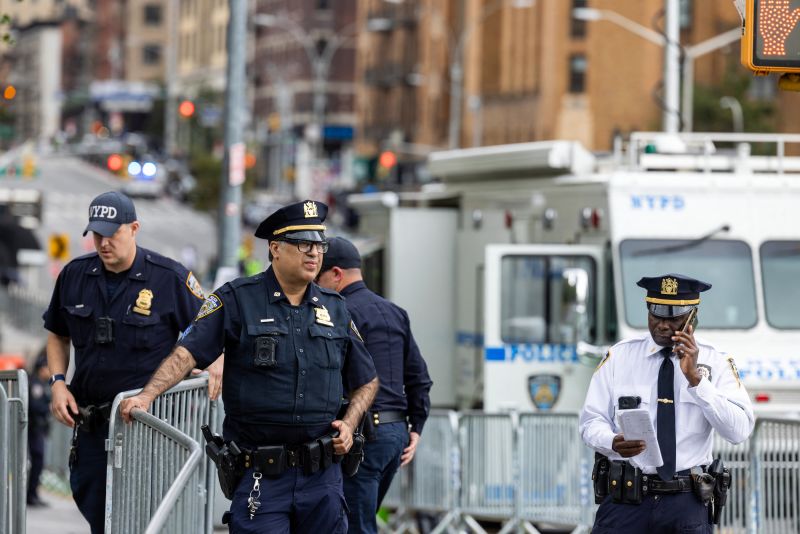The Importance and Intricacy of American Security Operations
The task of protecting thousands of world leaders converging on American soil necessitates one of the largest security operations in the U.S. its logistics and implementation are a testament to how seriously the nation takes its responsibility of providing security for visiting foreign delegates and dignitaries.
High-profile events such as United Nations General Assembly meetings and international summits attended by world leaders present significant security challenges. These instances spotlight the enormous expertise, resources, and coordination required to establish and ensure the safety of these significant global personalities.
Extensive Preparations and Planning
The process for such meticulous security operations commences months in advance. The planning phase itself includes rigorous threat assessments, intelligence gathering, logistics planning, and scenario testing. This involves virtually every branch of the country’s security infrastructure from local police departments, to the Federal Bureau of Investigation (FBI), to the Department of Homeland Security, and the Secret Service.
Each world leader receives a security detail intended to protect them throughout their visit, a necessity that further compounds the manpower and coordination needs. The Secret Service, in particular, takes the lead in organizing these details, mapping out travel routes, and safeguarding sites to be visited.
Intricate Layers of Security
The implementation of such a vast security operation comprises various layers. There is the visible layer of uniformed personnel on site and several unseen phases – surveillance teams, snipers, undercover officers in the crowd, intelligence operatives, and more.
Transportation logistics create their own set of challenges. Each world leader’s commute is carefully crafted to minimize risk, and it’s done amidst a bustling city that continues to operate. For air travels, there are restrictions put on airspace and intensive scrutiny of all incoming and outgoing flights.
Technological Role in Security Efforts
Modern technology plays a vital role in these extensive operations. High-definition closed-circuit cameras, facial recognition software, biometric verification, advanced communication systems, and an array of other security-enhancing tech are all part of the setup.
American security operations on these occasions also employ drones. These unmanned aerial vehicles provide real-time surveillance and have the ability to neutralize potential threats. They can monitor vast areas, reduce manpower needs, and increase the ability to respond swiftly to changing circumstances.
Potential Threats and the Importance of Timely Response
While the potential threats vary from cyber attacks to the physical safety of the dignitaries, it is essential to have a sound strategy in place to confront these challenges. Speed of response in an eventuality is paramount. Effective communication amongst various teams is crucial in such scenarios.
Despite the very high stakes involved, these security operations mostly go unnoticed by the general public and even the media, primarily because of the efficiency and effectiveness of those involved. The entire setup functions like a well-oiled, fail-safe machine wherein each component knows exactly what is expected of them.
Coordinated Response to Dynamic Circumstances
Effective coordination between all operative forces is paramount. It is also important to adapt to ever-changing circumstances. In the event of a crisis, agencies need to act swiftly and in perfect tandem to neutralize any potential threats. The dynamic nature of these operations necessitates flexibility and perfect in-the-moment decision-making capabilities.
In conclusion, even though the bulk of these efforts remain unseen by most, these operations represent a monumental undertaking and are integral to the continued safety of the world’s most influential figures while on American soil. They utilise a wide range of skills, technologies, and immense teamwork to optimise their effectiveness and adaptability.
Undoubtedly, protecting thousands of world leaders in the U.S. is a mammoth task that necessitates one of the most extensive security systems globally. It’s a testament to the nation’s commitment to upholding international diplomatic protections and ensuring the general safety of visitors and American citizens alike.




